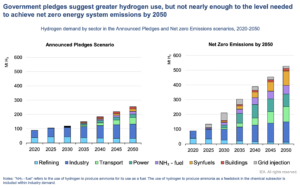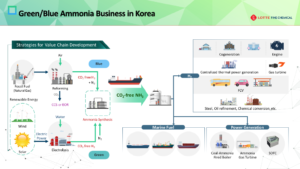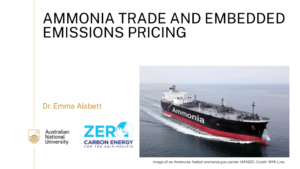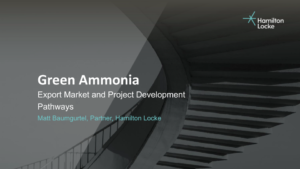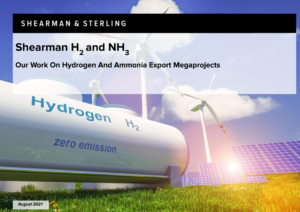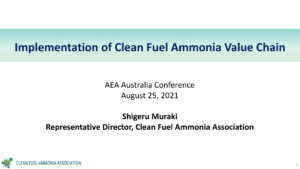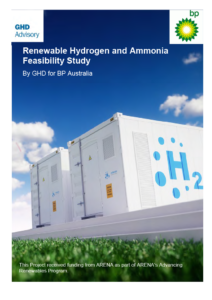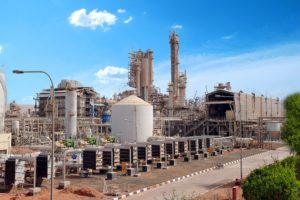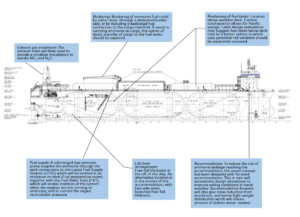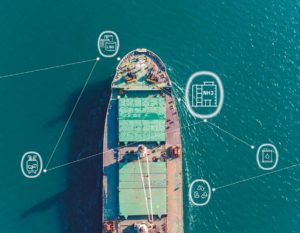IEA's latest Global Hydrogen Review includes fuel ammonia
The Global Hydrogen Review is an annual publication by the International Energy Agency to track progress in hydrogen production and demand. And - for the first time ever - the publication includes ammonia in its break down of current & future hydrogen markets, including the use of ammonia as a maritime fuel.
